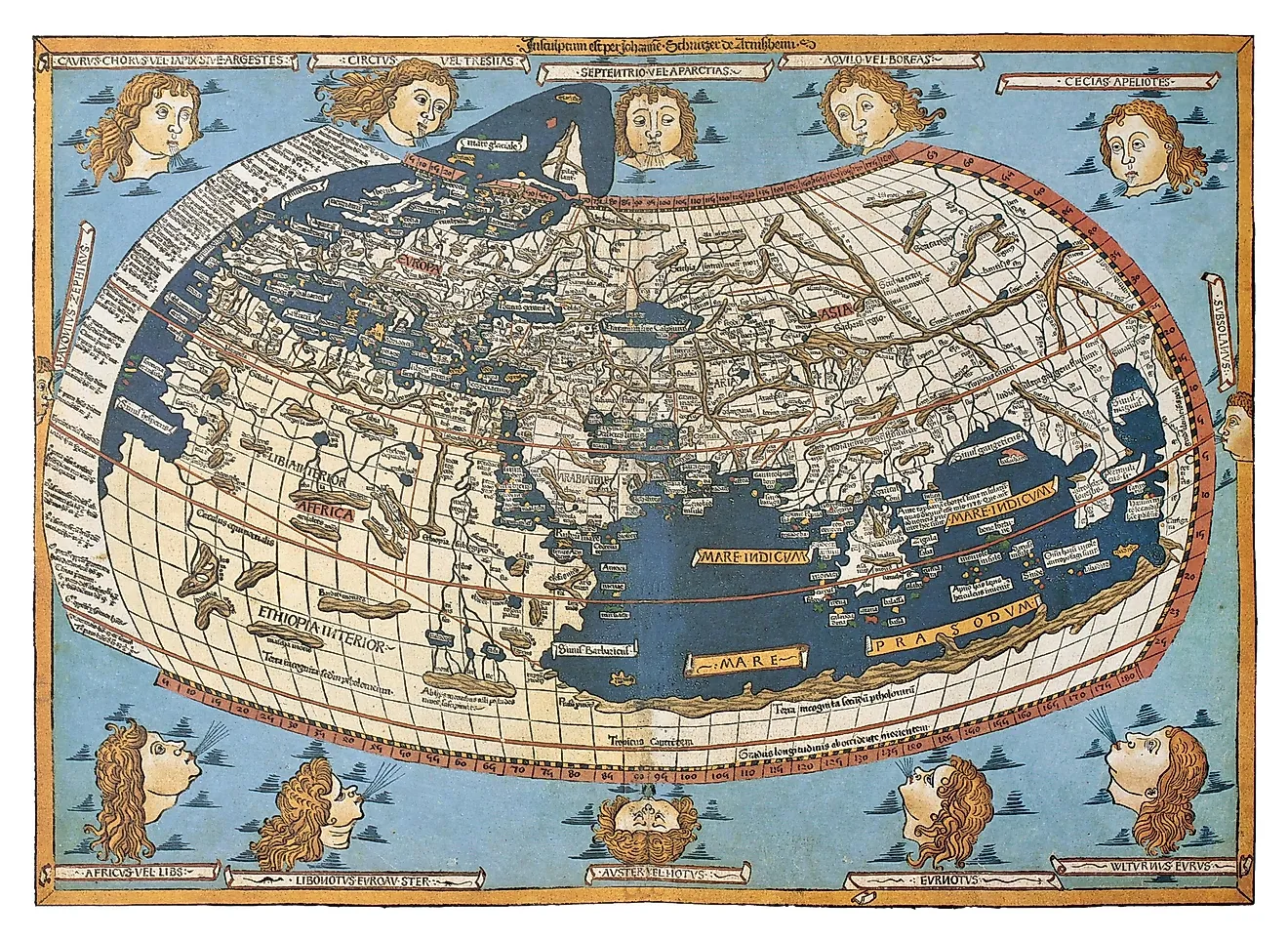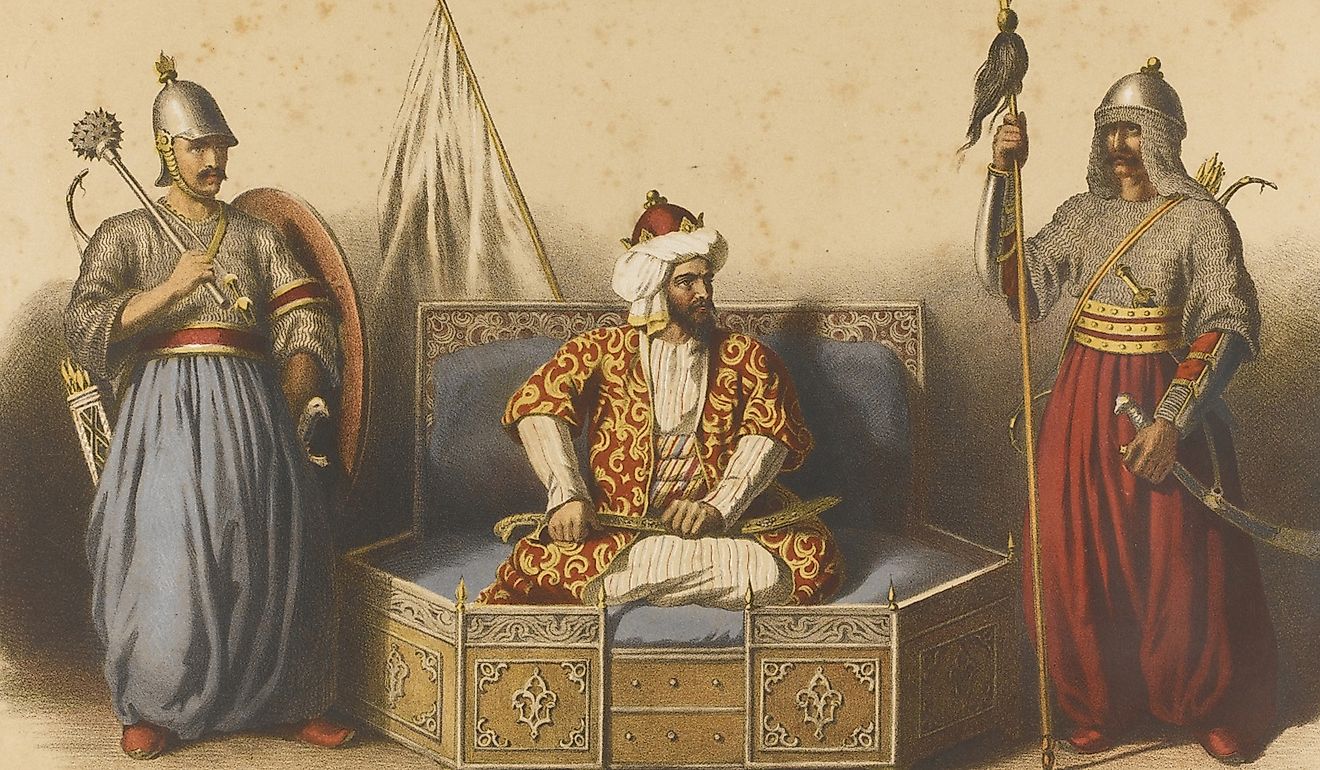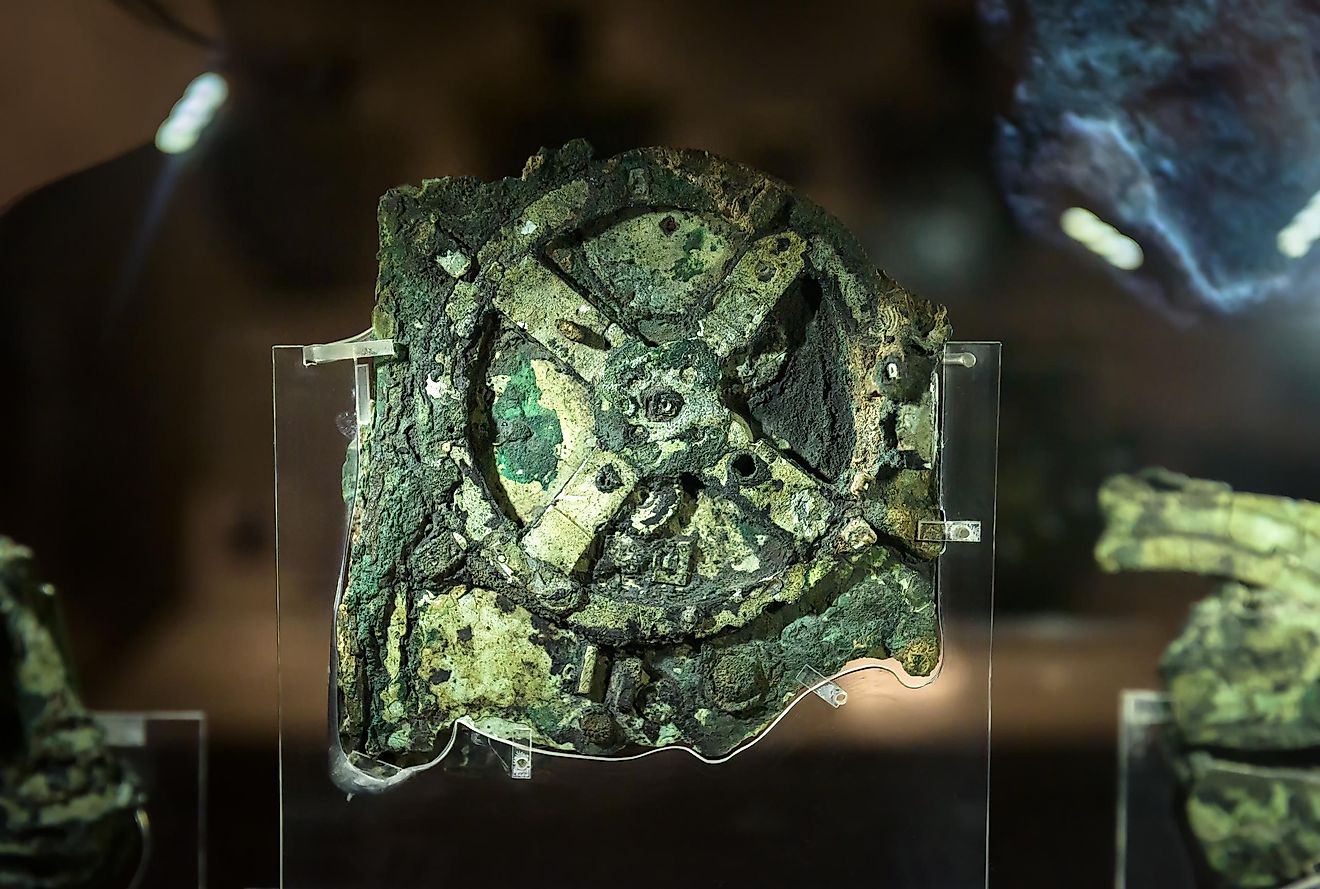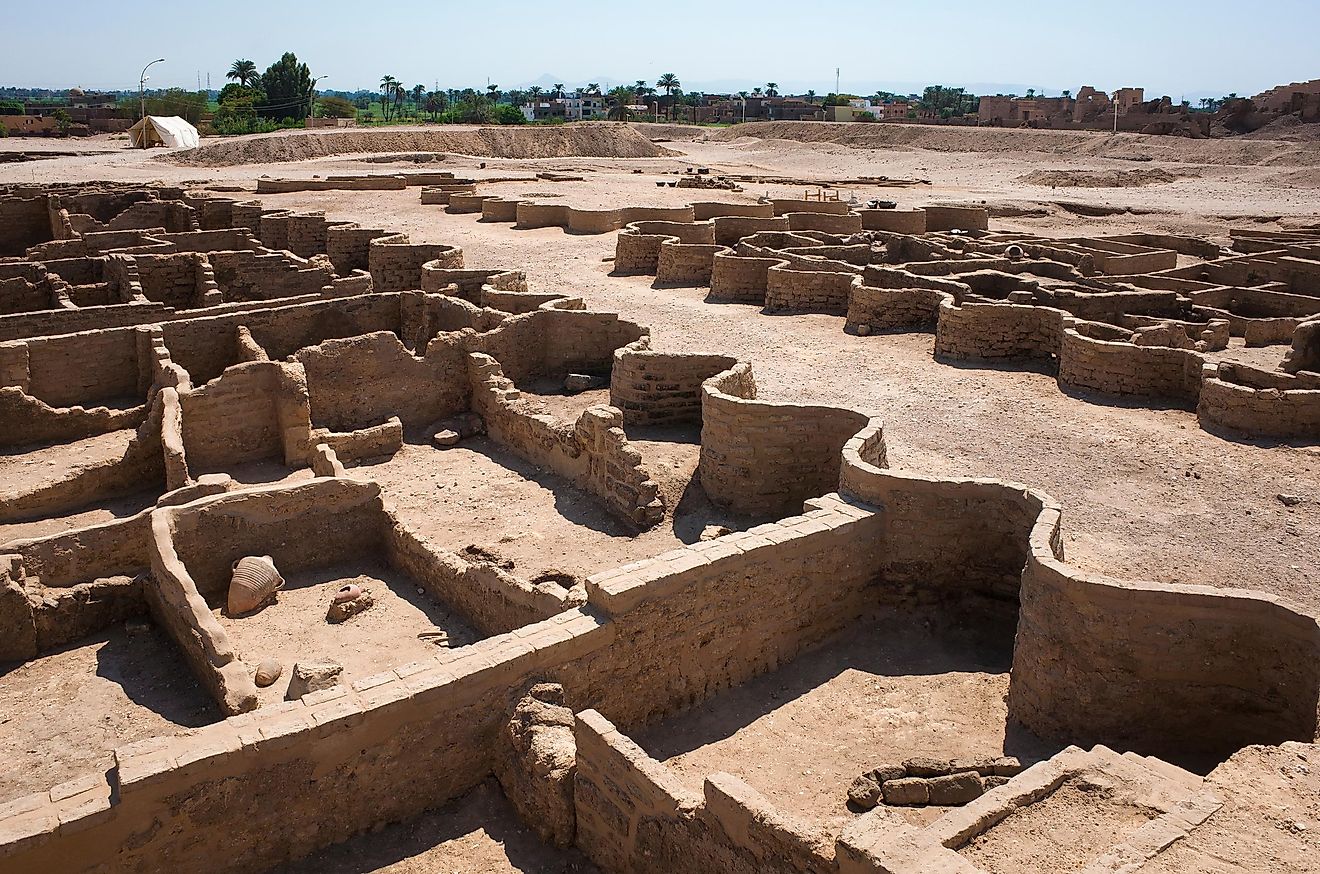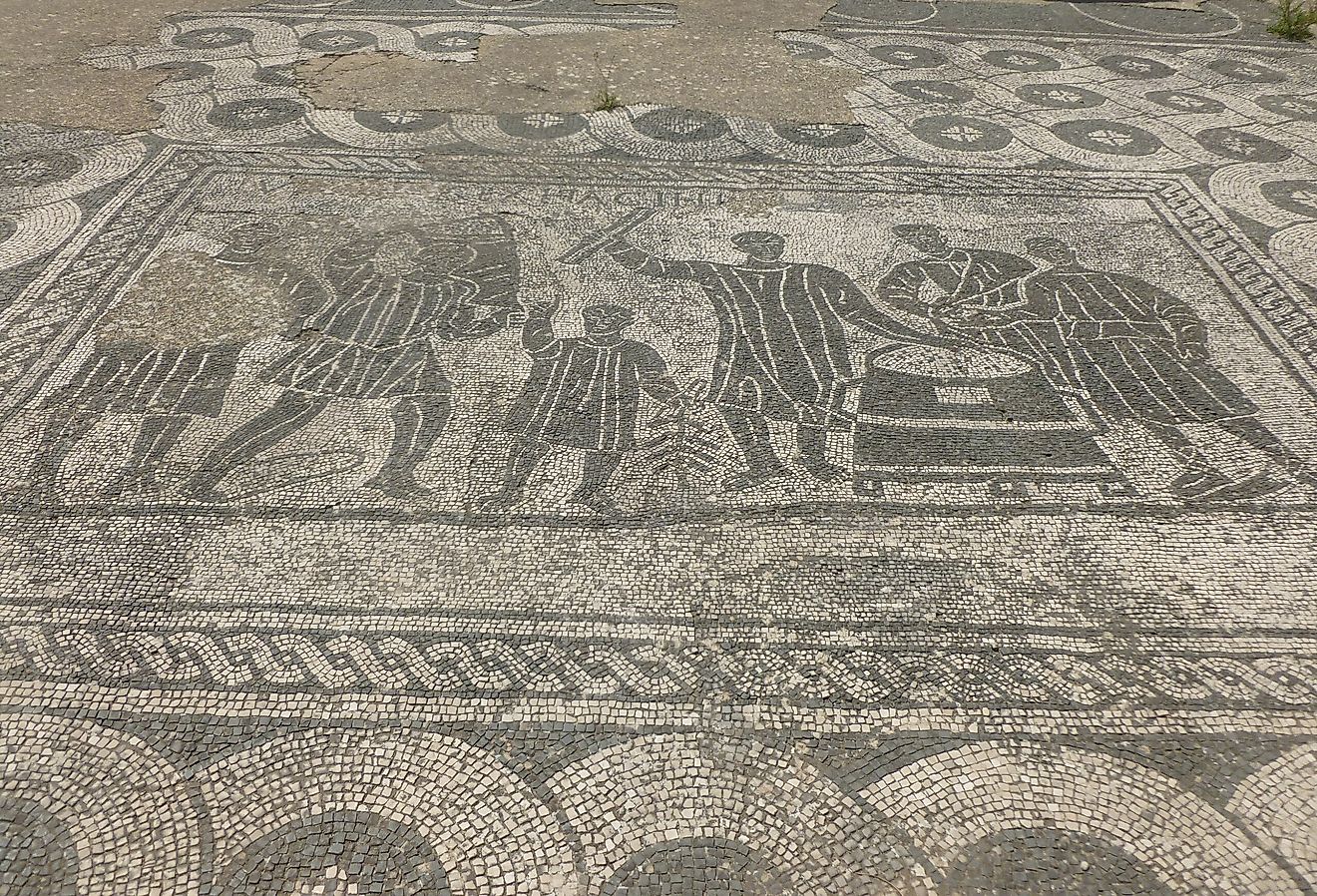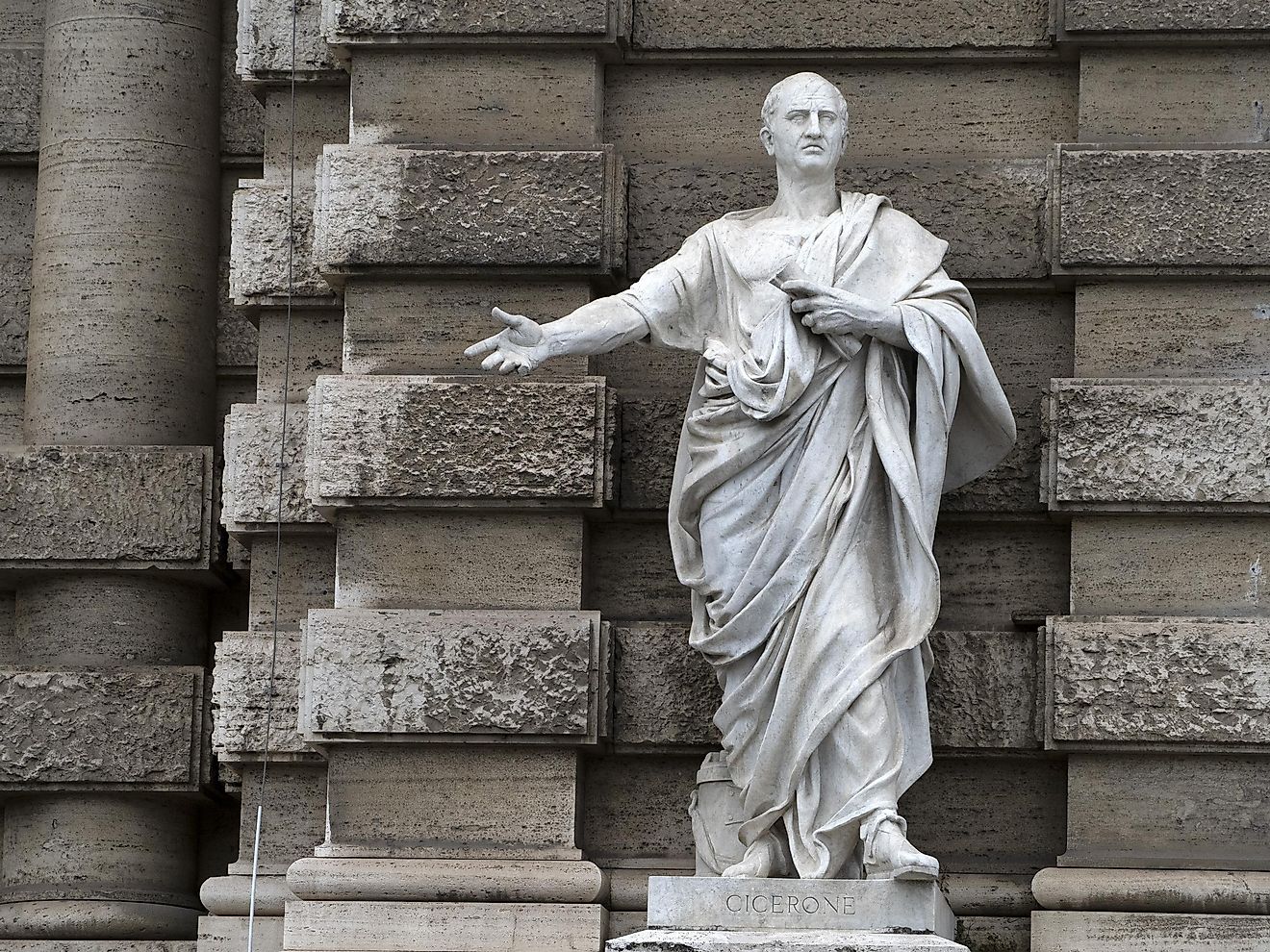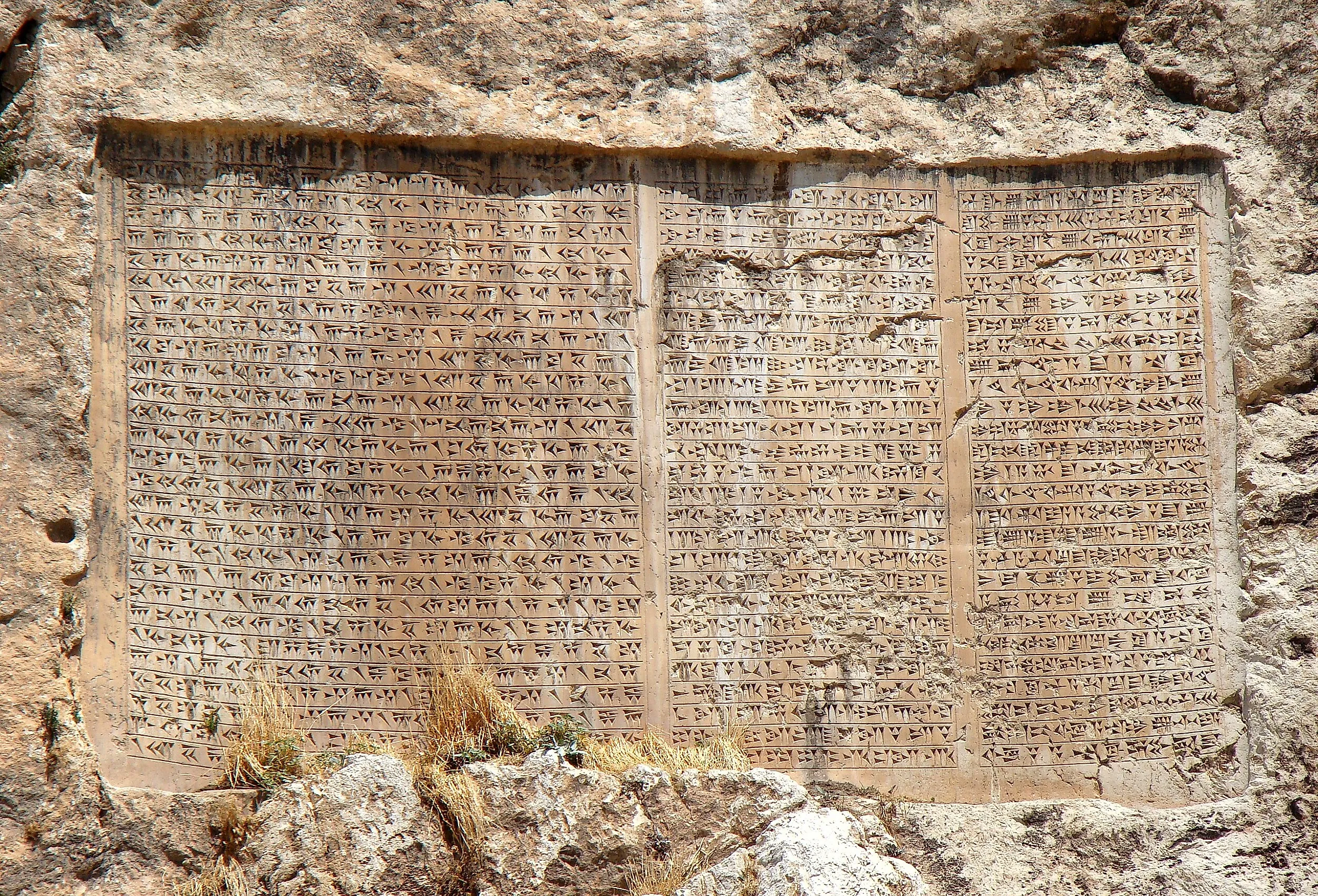
Who Invented Writing?
Writing is more than putting words on a page. It provides humans with a means to express their emotions and thoughts, as well as convey information. The process of writing makes that which is unseen, tangible.
Imagine a world without it. Without early writing systems, like the cuneiform developed by Mesopotamian scribes—widely considered the world's first—the very idea of authorship and books would have struggled to emerge.
New generations would have lacked historical records of how their ancestors lived. Oral accounts can easily be dismissed as fables, but written records are what historians rely on for accuracy and truth.
Furthermore, sharing scientific discoveries and technological innovations would have been difficult. No recorded laws, legal codes, government structures, or decrees would exist. Economic transactions would be extremely limited, documented educational materials would not exist, and people would not have kept journals.
Without writing, human progress would likely have slowed dramatically, and much integral information would have been lost. Delve deeper into the invention of writing and learn how this simple act revolutionized communication and civilization.
Who Wrote for the First Time?
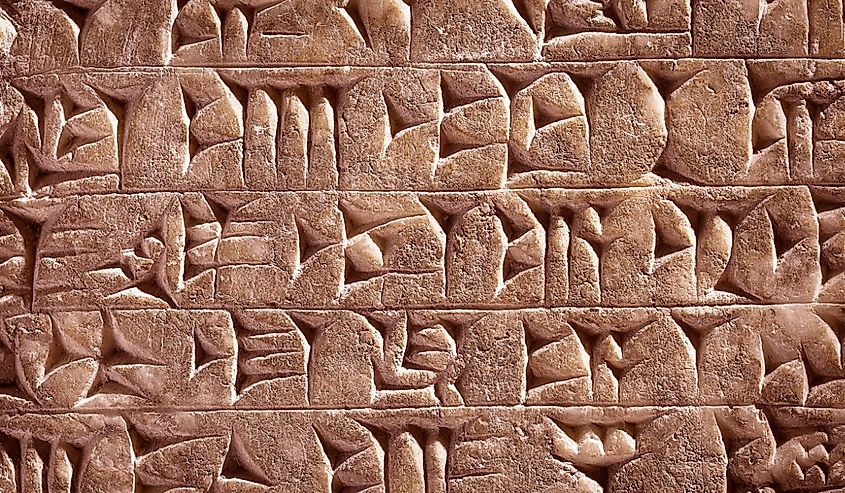
Historians believe humans developed a form of language as long ago as c. 35000 BCE. The proof is in the cave paintings created in the Cro-Magnon Man period (c. 50000 to 30000 BCE). These paintings appear to express daily life situations and tell different stories.
However, this was not true writing. Written language in its earliest form emerged in Sumer, southern Mesopotamia, in c. 3500 to 3000 BCE. This type of writing involved making marks in wet clay with a piece of reed and was called 'cuneiform.'
Cuneiform comes from the Latin word for 'wedge-shaped,' reflecting what the scripts looked like. Scribes would use a reed stylus to press certain symbols into clay tablets baked in the sun to preserve the text.
For context, most experts believe that the birth of cuneiform was around 3200 BCE, which would make it 1500 years before the woolly mammoth became extinct.
Clay Tablets to Hieroglyphs
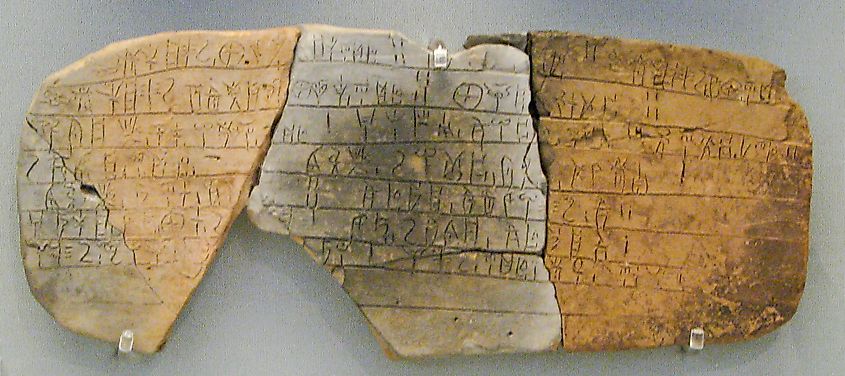
A couple of hundred years later, the Egyptians tried their hand at writing. Some historians argue that ancient pottery contained markings that may have been considered hieroglyphs in 4000 BCE, but most agree that hieroglyphs were only created around 3300 BCE.
Hieroglyphs were developed as an official language for religious practices and consisted of hand-drawn shapes and symbols. All scripts consisted of three types of signs: logograms, phonograms, and determinatives.
Because of their aesthetic quality, the Greeks, including Herodotus, believed the hieroglyphs were holy writing. As such, the name hieroglyph includes the words holy and writing (hiero and glypho). The Egyptian language referred to hieroglyphs as medu netjer or 'the gods’ words.'
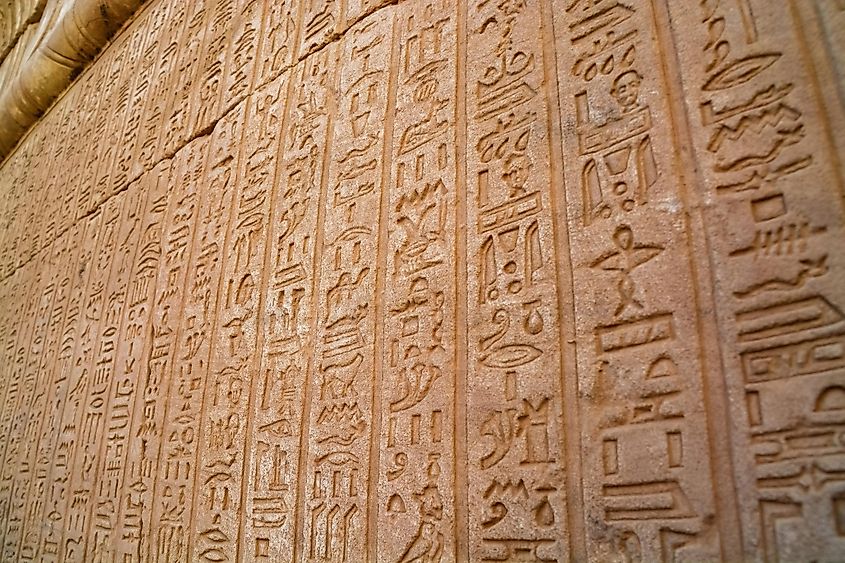
The Egyptians had so many signs and symbols in their hieroglyphs that they reached one thousand before being reduced to 750.
It is unclear where hieroglyphs started, but experts agree that they may derive from rock pictures. These pictures were created by prehistoric communities who hunted for a living in the West Nile desert.
Hieroglyphs remained in use for thousands of years, up until the closure of the Roman pagan temples in the 5th century CE. After this event, hieroglyphs essentially went ‘missing’ until Jean-Francois Champollion rediscovered them in the 1820s.
Champollion used the Rosetta Stone to decipher hieroglyphic language. Without the Rosetta Stone, the hieroglyphs and Egyptian history would still be a mystery.
Proto-Elamite Script
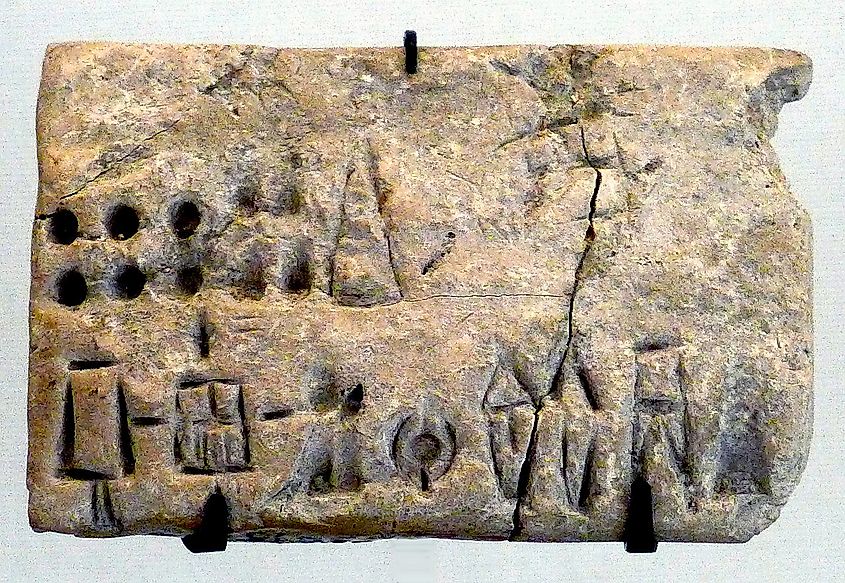
The Proto-Elamite writing system was briefly used during the early Bronze Age before the Elamite cuneiform was introduced.
In the 9th millennium BCE, a token-based system was set up in some parts of the Near East. These tokens eventually became marked and evolved into clay bullae or marked envelopes.
Most historians assume that these clay bullae were the prototype for Proto-Elamite and proto-cuneiform. They were also used after the introduction of Proto-Elamite and proto-cuneiform.
The oldest Proto-Elamite script appeared in Susa, Elam, southwestern Persia, in 3100 BC. It contained around 1,000 signs and has yet to be fully deciphered.
Indus Script
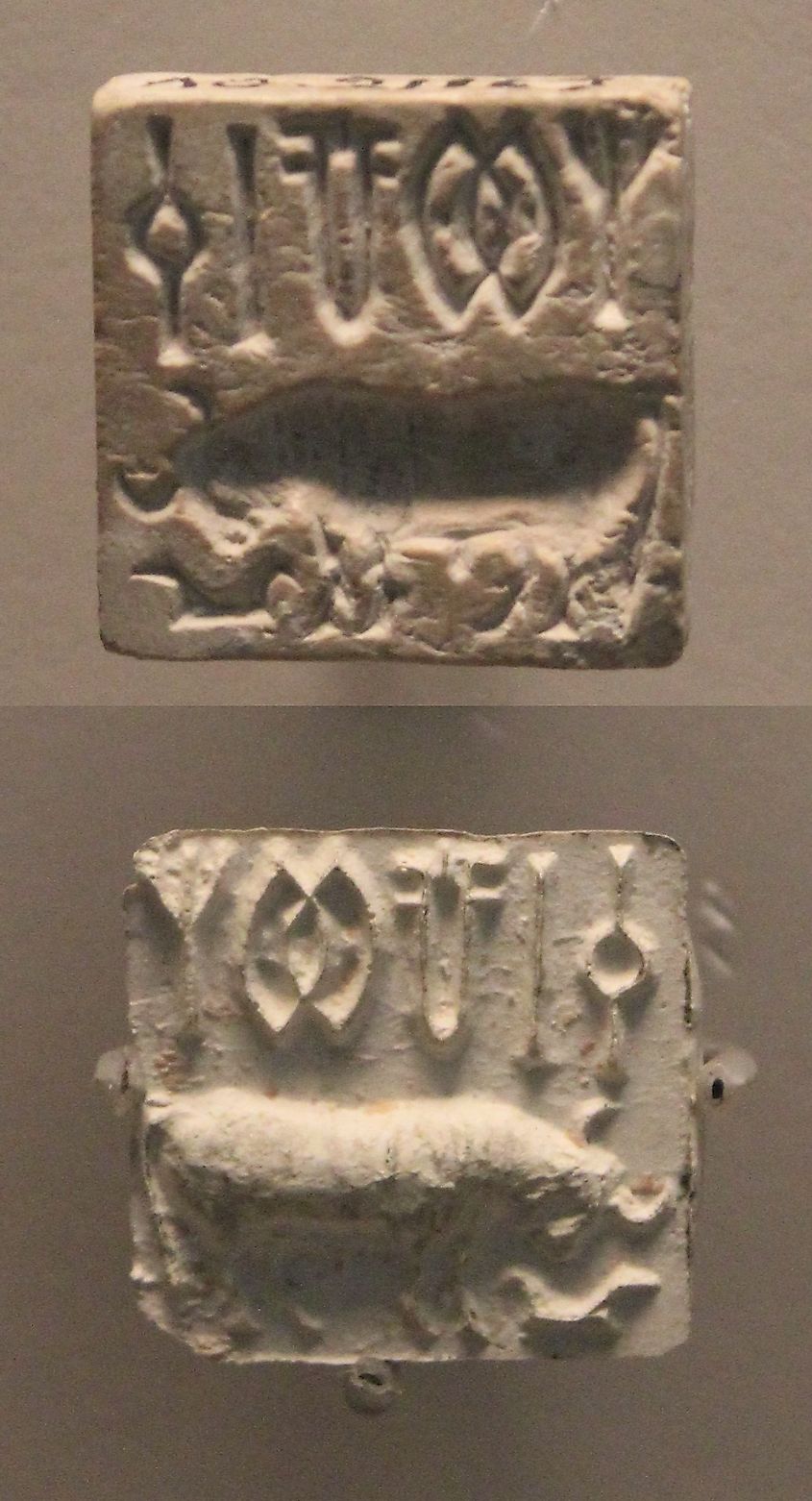
The Indus Valley Civilization produced the Harappan or Indus Script as a corpus of symbols. This is yet another script that has not been deciphered, after being discovered on seals and pottery.
Although experts don’t know what the symbols mean, they believe it may have been created to facilitate trade and administration. The script dates to 2600 BCE in the Indus Valley, which today is Pakistan and northwest India.
Chinese Oracle Bone Script

China also created its own form of systematic writing, the Oracle Bone Script, in 1600 BCE.
The Chinese carved characters into ox shoulder bones or turtle plastrons. The writings on these bones mainly relate to divinations carried out for the Late Shang royal family.
The divinations involved exposing oracle bones to fire, creating cracks in them. The cracks were then interpreted and inscribed on the same bones.
Around 150,000 oracle bone inscriptions have been discovered, the vast majority in Yinxu. They are considered to be the earliest corpus of writing in China. They are also directly related to the Chinese family of scripts written over the next three millennia.
The Origins of the Alphabet

The first alphabetic writing system was developed between 1900 and 1700 BCE. Known as the Proto-Sinaitic script, this system involved 30 glyphs and translated Egyptian names into a Semitic language. The sounds of those names were converted to represent the sounds of the language.
Inscriptions of the Proto-Sinaitic script were first discovered at Serabit el-Khadim in Egypt and are thought to be the precursor to the Phoenician alphabet.
The Phoenician Alphabet
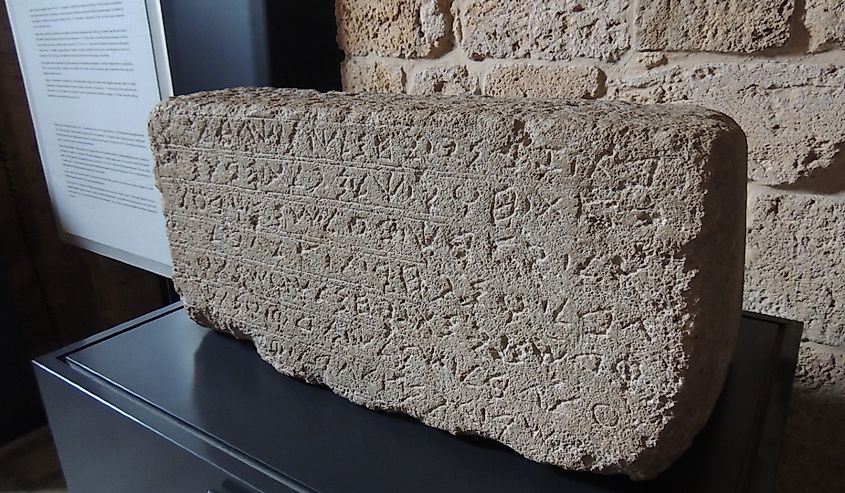
The Phoenician language was strongly influenced by Egypt, which is not surprising since Egypt controlled Phoenicia between the 16th and 14th centuries BCE. Phoenician belongs to Canaan (as a Canaanite language). It is also very closely related to Hebrew.
Historians know about the Phoenician language from the sparse extant written texts discovered. Before 1000 BCE, the language was depicted using common Mesopotamian cuneiform symbols.
The first Phoenician alphabet symbols were found at Byblos, but they were not derived from cuneiform but instead developed from Egyptian hieroglyphics.
There are 22 Phoenician letters standardized at the end of the 12th century BCE. However, the letters did not include vowels, making it incredibly hard to decipher.
The Greek Alphabet
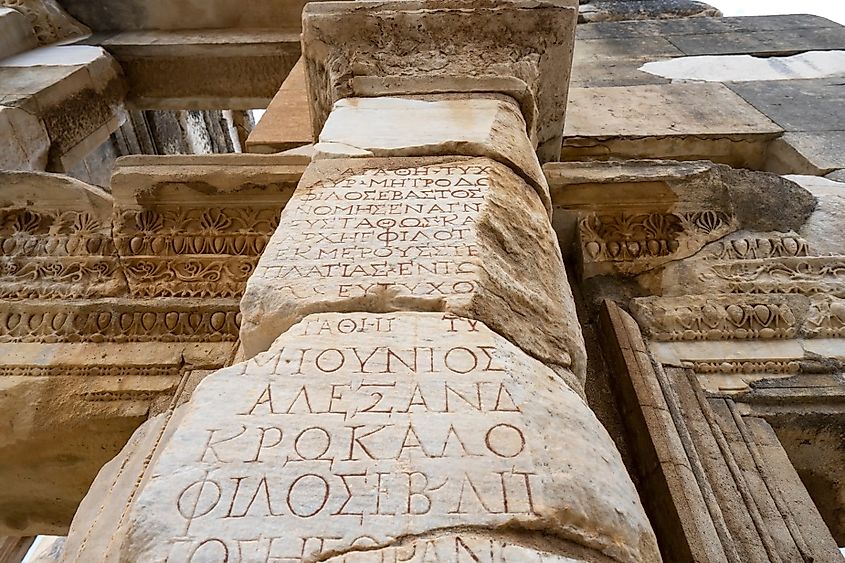
During the 8th Century BCE, the Phoenician script was transformed into the Greek Alphabet. In contrast to the earlier Mycenaean Linear B script, which was essentially used for utilitarian purposes, the Greek alphabet helped preserve literary traditions. It was used to write the Iliad and the Odyssey. It also helped the Greeks record religious traditions such as the Theogony.
From that time onwards, the Greek alphabet was instrumental in producing work that explored topics such as history, medicine, science, philosophy, zoology, astronomy, biology, creative writing, and much more.
The Greek alphabet also intrigued the Etruscans, who transmitted it to the Romans. In turn, the Romans used the alphabet to create the Latin script.
The Latin Alphabet
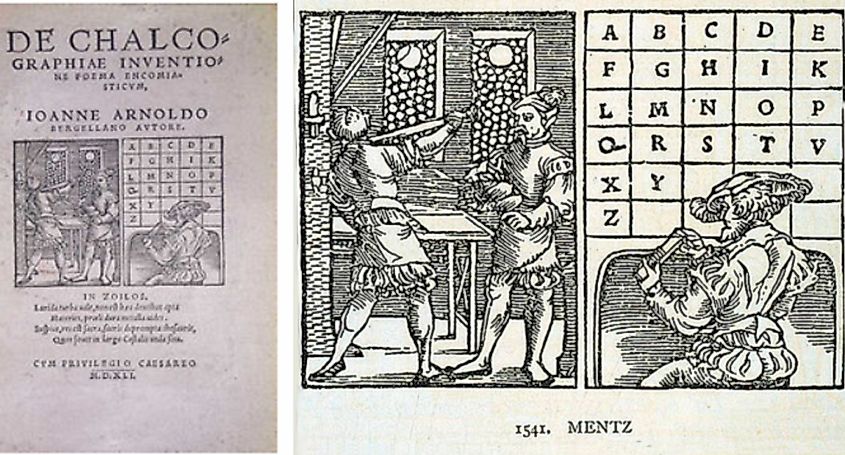
The Latin alphabet was first used on objects like a cloak pin, a Roman Forum pillar, and the Praeneste Fibula. This dates back to the 7th century BCE.
The alphabet initially had 23 letters and was later expanded to 26 with the addition of J, U, and W. In the 9th century, the Carolingian minuscule standardized script and improved readability by introducing lowercase letters.
The Latin alphabet spread through Europe and was eventually adopted by several regions and languages, including the Americas, Asia, and Africa. This alphabet remains the world's most widely used alphabetic writing system, serving as the basis for writing English and other languages.
The Rest Is History
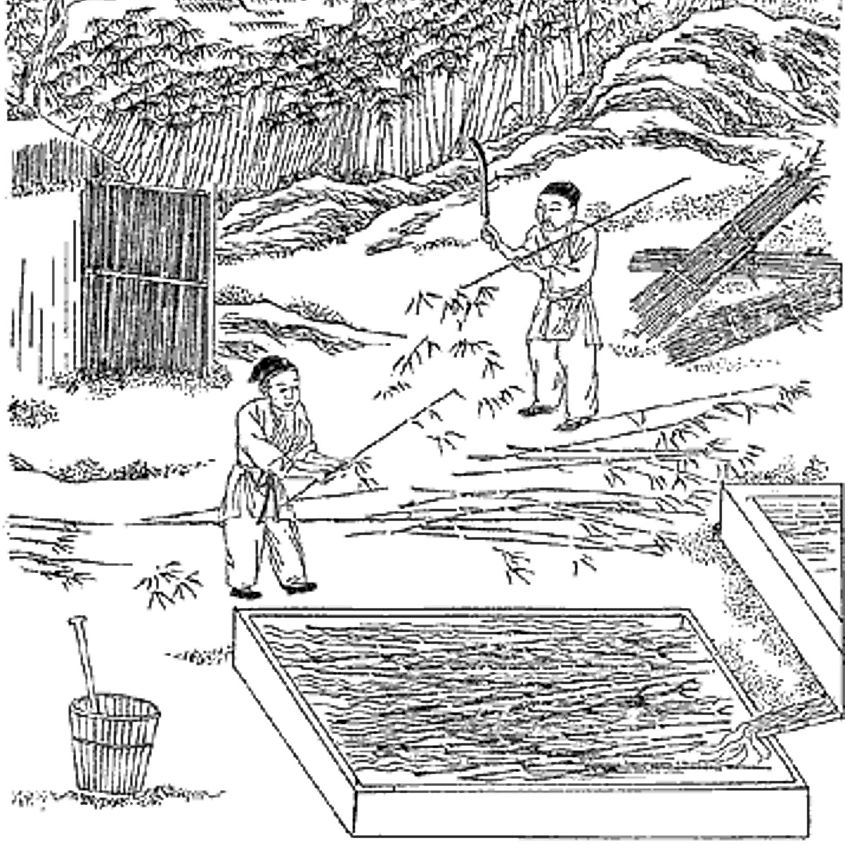
Finally, paper was invented in 105 CE in China by court official Cai Lun, who introduced papermaking techniques. This revolutionized writing and record-keeping.
As paper wowed the world, more scripts were adopted. In the Arabian Peninsula, the Arabic Script became prominent with the spread of Islam in the 7th Century CE.
Saints Cyril and Methodius developed the Glagolic alphabet, which was adapted to create the Cyrillic alphabet. This was used to record religious texts for Slavic peoples in Eastern Europe in the 9th century CE.
Then, in 1440, one of the biggest writing-related inventions greatly impacted literacy and education. Johannes Gutenberg’s invention of movable type printing allowed for the mass production of books. Before the Gutenberg Printing Press, books had to be copied by hand, which took a very long time.
Modern Writing and the Digital Age

By the 19th Century, typewriters had been invented, which immediately increased the speed of document production and helped standardize writing even further.
The real modern breakthrough came in the 20th century with the invention of computers and word processors. Suddenly, words no longer solely appeared on paper, but on a screen. Word processing software completely overhauled the writing, editing, and publishing process.
In the 21st century, this gave way to the internet and smartphones. Today, people can write messages on phones, including texts and emails. They also communicate via social media platforms, an extremely far cry from the first cuneiform clay tablets.
The Ongoing Legacy of Writing
The art of writing is one of humanity’s most transformative and valuable achievements. It has effectively altered civilization's journey from where it started to where it is now.
Understanding the history of writing helps us grasp just how ingenious our ancestors were. It also continually highlights this invention's impact on human progress.
As humanity continues to shape the form and function of writing, its enduring role in bringing people together throughout history will remain evident.




